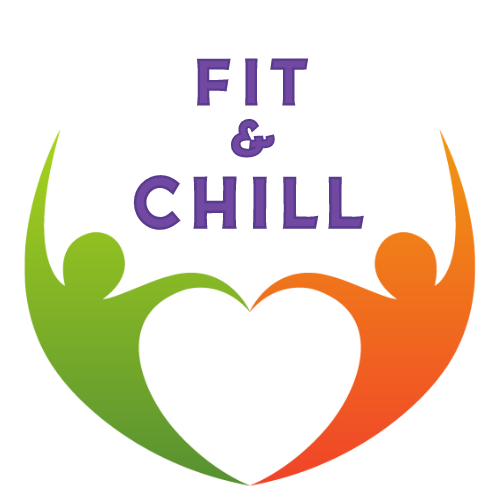Step by Step Guide
- Starting Position:
- Lie flat on your back on a mat or the floor with your legs fully extended.
- Place your arms by your sides, palms facing down for stability.
- Engage Core Muscles:
- Engage your core by drawing your navel towards your spine, flattening your lower back against the floor.
- Keep your abdominal muscles tight throughout the exercise to support your lower back.
- Lift Legs Up:
- Keeping your legs straight, slowly lift them off the ground towards the ceiling.
- Aim to raise your legs as high as possible while maintaining control and without arching your lower back.
- Controlled Movement:
- Lift your legs using the strength of your abdominal muscles, avoiding any swinging or momentum.
- Focus on a slow and controlled movement, ensuring that you feel the contraction in your lower abs.
- Pause at the Top:
- Once your legs are fully raised, hold the top position for a brief moment, squeezing your lower abs.
- Focus on maintaining stability and control throughout the hold.
- Lower Legs Down:
- Slowly lower your legs back down towards the floor, maintaining control and keeping your core engaged.
- Avoid letting your legs drop quickly or bouncing off the floor.
- Repeat the Movement:
- Perform the desired number of repetitions, focusing on quality over quantity.
- Aim for a slow and controlled movement pattern to maximize muscle engagement and effectiveness.
Benefits of The Leg Raises
- Core Strength: Laying Leg Flutters target the lower abdominal muscles, helping to strengthen and tone this area.
- Hip Flexor Engagement: This exercise engages the hip flexors, which are important for movements involving the legs and torso.
- Endurance Building: Performing leg flutters challenges your core endurance, helping to improve overall muscular endurance and stamina.
- Improved Coordination: Coordinating the alternating leg movements improves neuromuscular coordination and control.
- Convenience: Laying Leg Flutters can be performed without any equipment, making them accessible and convenient for home workouts or while traveling.
Tips for Beginners:
- Start Slowly: Beginners should start with a slower fluttering motion to focus on form and control before increasing speed.
- Focus on Form: Maintain proper form throughout the exercise, including a flat back and engaged core muscles.
- Modify as Needed: If you experience lower back discomfort, reduce the range of motion or perform the exercise with bent knees until your core strength improves.
- Listen to Your Body: Stop the exercise if you experience any pain or discomfort and consult with a fitness professional if needed.



Leave A Comment